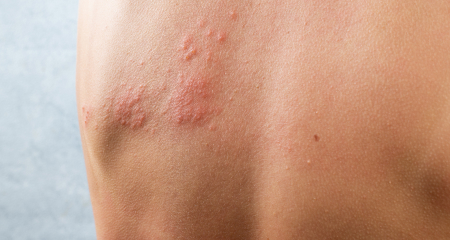
Known for its intense pain and localized blistering rash, shingles typically appears on one side of the face or body. Although it’s most commonly seen in those over 50, Texans of all ages can be affected. This condition results from the dormant chickenpox virus being reactivated. After someone recovers from chickenpox during childhood, the virus can remain inactive in the spinal cord, potentially resurfacing later in life as shingles.
Shingles, or herpes zoster, is an agonizing rash triggered by the varicella-zoster virus, the same virus responsible for chickenpox. Individuals who have had chickenpox or, in rare cases, its vaccine, are at risk of developing shingles.
Shingles occurs when the dormant virus reactivates in certain nerves in the body, primarily affecting people over 50. It can also afflict patients with a weakened immune system due to conditions like cancer, organ transplants, autoimmune disease, or HIV. While it’s possible to have shingles more than once, this is highly uncommon.
Shingles itself does not spread person to person. However, someone who has never had chickenpox or its vaccine can develop chickenpox if exposed to an active shingles rash.
Here are some of the ways that shingles may manifest on an affected person:
Antiviral prescription medications like valacyclovir or acyclovir are most effective when started within 72 hours of initial symptoms. This approach can reduce the duration and severity of the rash and help prevent complications such as long-term pain.
If shingles appear on your face, your provider may refer you to an eye specialist to assess the potential impact.
The shingles vaccine is recommended for high-risk individuals, including patients over 50 and anyone who is immunocompromised. This two-dose injection is available through clinicians or pharmacists.
If you think you may have shingles, contact our office to schedule an appointment as soon as possible.